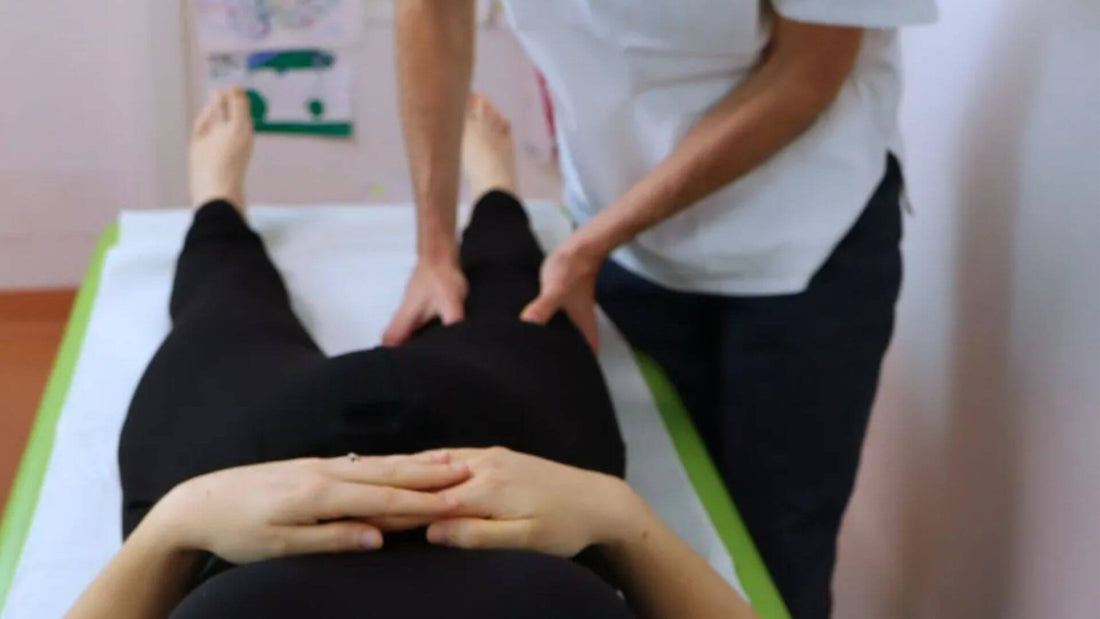Pubalgia in pregnancy: causes, where it hurts, how to get rid of it
Introduction
Pubalgia in pregnancy: what is it? When does it go away? Where does it hurt?
If you are asking yourself these questions, in the following lines you can find various scientific information to better live your sweet wait and to solve a very frequent problem.
The contents you will find can be completed with the tips in the video course “Osteo-Massage for Mom” , a path that I have designed for you and your pregnancy (or rather, for your partner, who will be able to massage you just like an osteopath does).
Before getting into the action, I remind you that on the Instagram profile @drsilva.com_official you can find lots of advice on how to accompany your child in his motor development.
Where does it hurt if you have pubalgia during pregnancy?
Pubalgia during pregnancy is an event that affects approximately 20% of expectant mothers who are experiencing the second and third trimesters.
As I point out at the beginning of this video , when, due to the natural growth of the uterus and the fetus, the center of gravity changes and the pelvis becomes anteverted, tension can be created in the area where the adductors insert into the pubis.
It all starts from the fact that, as pregnancy progresses, the abdominal-pelvic area is affected by an increase in mobility.
This is also contributed to by the action of two precious hormones during pregnancy, namely progesterone and the oft-cited relaxin , which increases the flexibility of the ligaments in the pelvis and pubic region.
All this involves a strong involvement of the sacroiliac joints and the pubic symphysis , the joint that joins the two pubic branches, i.e. the right and left sides of the pelvis.
Especially in situations where the mother-to-be already has postural imbalances that have not been adequately treated, these changes can be harbingers of pain at the pubic level.
This symptom can also appear following small movements.


